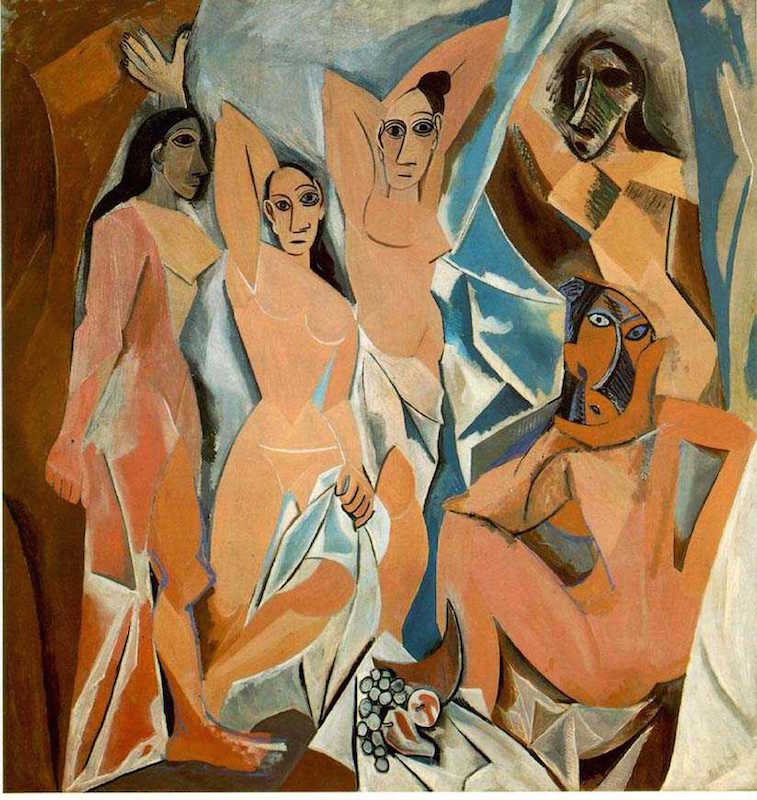Pablo Picasso
Episode #8 of the course “Prominent artists of Modern Art”
Pablo Picasso was founder of the Cubist art movement and is known for his flattening of three-dimensional perspective into two-dimensional space, his bold colors, and his advancements of the media of collage and constructed sculpture. As one of the most influential artists of the 20th century, Picasso’s art is shown around the world to record-breaking crowds.
Born in Spain in 1881, Picasso spent the majority of his adult life in Paris. As a child, Picasso’s mother recognized his artistic talent and nurtured his abilities. His father was a painter who began teaching Pablo at age seven, and by age 13 Pablo was so accomplished that his father felt Pablo had surpassed him.
 Sleeping Peasants
Sleeping Peasants
He studied painting in Barcelona, then in Madrid and Paris, where his uses of color and perspective were influenced. Referred to as Picasso’s “Blue Period,” works like The Old Guitarist and The Blindman’s Meal used sharp angles and shapes to skew and distort perspective.
 The Old Guitarist
The Old Guitarist
 The Blindman’s Meal
The Blindman’s Meal
Picasso’s works were displayed by Gertrude Stein in her Paris salon, boosting his popularity. One of his most famous paintings, Les Demoiselles d’Avignon, debuted in 1907 with influences from African art; it created an uproar. While many liked the painting’s subject, others were disturbed by it, but everyone agreed it was something new.
 Les Demoiselles d’Avignon
Les Demoiselles d’Avignon
Picasso’s Cubist style developed over the next decade and was emulated by other artists who used collage to achieve similar effects. In the 1930s Picasso gained notoriety in Europe, and his art was brought to America during a 1939-1940 exhibit in New York. During the Spanish Civil War he painted Guernica, which became one of the most famous paintings of his later career.
 Guernica
Guernica
After World War II, Picasso continued to paint but also experimented with sculpture and copperplate etching. He created and exhibited art until his death in 1973 in France.
Share with friends

